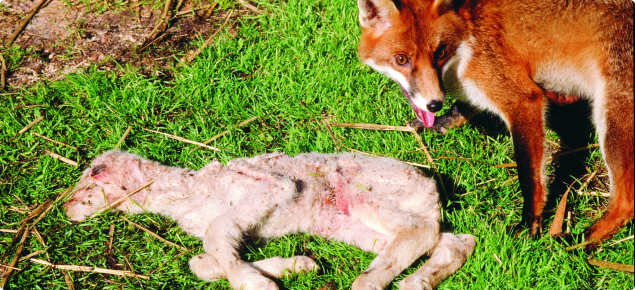When to carry out fox control
Several factors should be considered when planning fox control:
- In areas where rabbits and foxes are present it is recommended to control rabbits with 1080 first. Foxes are often poisoned after eating rabbits killed by 1080.
- Foxes should be controlled prior to lambing or kidding, particularly where fox predation has previously occurred.
- Foxes can learn to seek lambs or goat kids as prey. Farmers who time their lambing or kidding later than their neighbours should implement fox control methods to minimise losses due to foxes acquiring a learned habit to kill lambs and kids from neighbouring properties.
- The most effective fox control is achieved during late winter and spring. At this time foxes are less mobile as they are rearing young and food demands are high. At other times there are more young animals to move into vacated territories.
A district-wide campaign involving community groups can overcome the problem of reinfestation by removing foxes over a large area.

